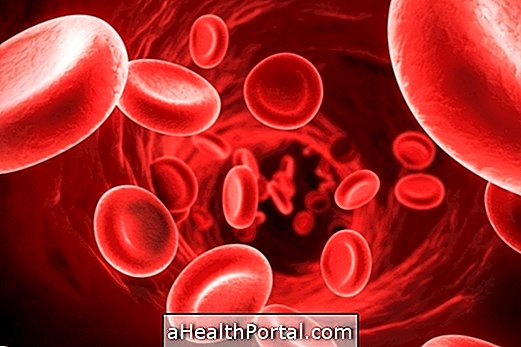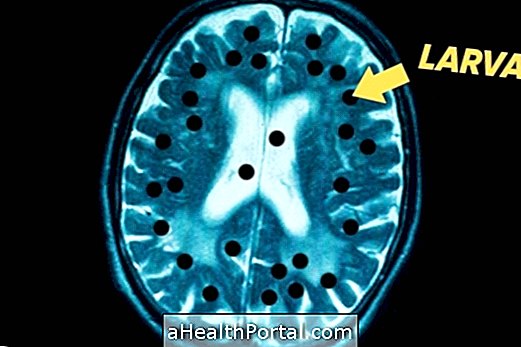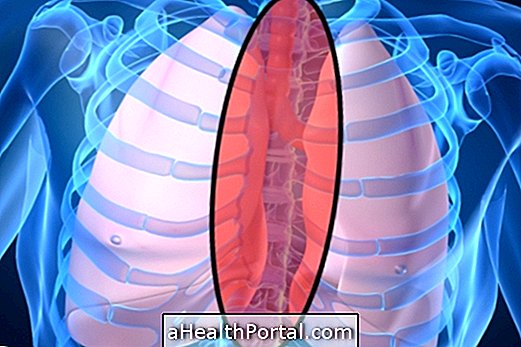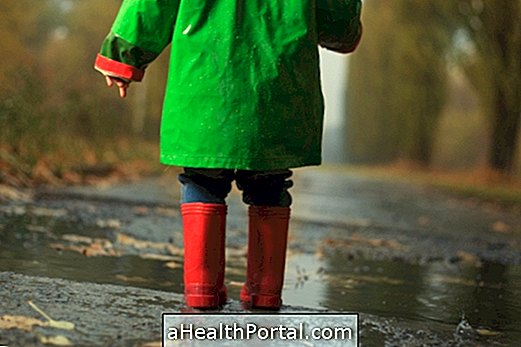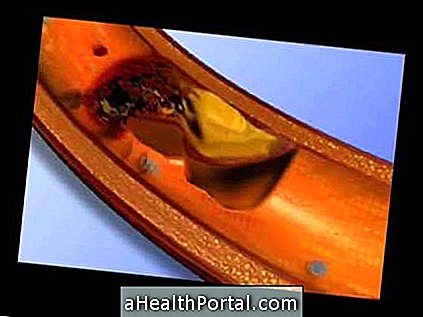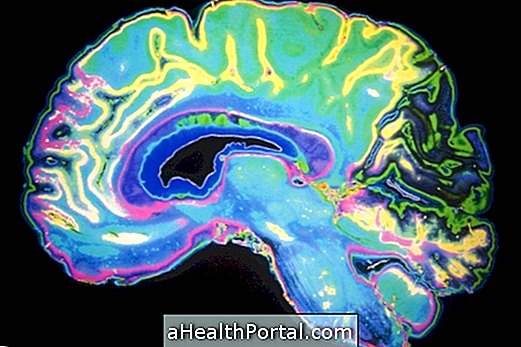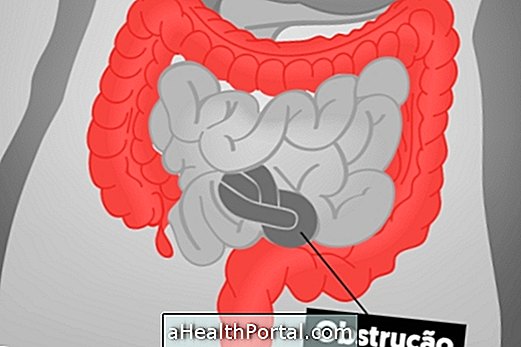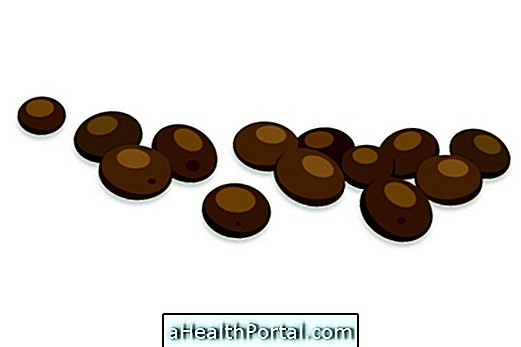Giardiasis is a verminosis caused by protozoa of the Giardia family, especially Giardia lamblia, which can cause symptoms such as diarrhea, nausea, yellow stools, pain and abdominal distension.
Giárdia is installed in the intestine after ingestion of its mature cysts, present in water, food and contaminated objects, being able to infect the intestines of people or domestic animals, such as dogs and cats.
To treat giardiasis, your doctor may prescribe medications that fight the parasite, such as Metronidazole, Secnidazole, or Tinidazole, and resting and drinking fluid to minimize dehydration caused by diarrhea is also recommended.

Main symptoms
Symptoms of giardiasis usually occur 1 to 3 weeks after infection, but most patients, especially adults, end up with no symptoms of the disease.
Therefore, you should be aware of the following signs and symptoms:
- Abdominal cramps;
- Diarrhea, which may arise from an acute and intense foema or may be mild and persistent;
- Abdominal swelling;
- Unintentional weight loss;
- Yellowish stools, with signs of fat presence;
- Increased intestinal gas;
- Heartburn, burning and poor digestion.
These symptoms may appear suddenly or gradually, and the longer the disease takes to be identified, the greater the chances of the patient developing problems such as malnutrition and anemia due to malabsorption of the nutrients in the intestine. See 5 other symptoms that may indicate worms.
How to diagnose
The diagnosis of giardiasis is based on the symptoms and clinical evaluation of the patient by the physician, and it is also necessary to perform the fecal examination, which identifies the presence of parasite cysts in the feces.
However, it is not uncommon for the test to be negative, even in the presence of the infection, so it is often necessary to repeat the test or do other types of tests with more reliable methods such as immunological tests in the blood and faeces, even, the collection of aspirate or biopsy of the intestine.
How Transmission Happens
The transmission of giardiasis occurs through the ingestion of mature Giardia cysts, which can occur in the following ways:
- Ingestion of contaminated water;
- Consumption of contaminated food, such as raw or poorly washed vegetables;
- From person to person, through contact with contaminated hands, more common in crowded places such as day care centers;
- Anal intimate contact.
In addition, domestic animals can also be infected and transmit Giardia cysts, so they should be treated if suspected.
How is the treatment done?
The treatment of giardiasis is done with the use of medicines that fight the protozoan that cause the disease, such as Metronidazole, Tonidazol, Secnidazol or Omidazol, for example, doctor-directed.
In general, the treatment lasts 1 to 5 days, depending on the medicine used and the clinical picture, however, in persistent or recurrent cases, the doctor can prescribe the use of medicines for up to 3 weeks. Learn more about the remedies listed for each type of worm and how to take it.
In addition, hydration with fluid intake and, in more severe cases, even with serum in the vein, may be necessary due to the dehydration caused by diarrhea.
How to prevent giardiasis
To prevent giardiasis, hygiene measures such as washing hands before washing, proper washing of vegetables, especially those consumed raw, are necessary to treat dogs and cats that may be contaminated. illness, in addition to properly treating the water prior to its consumption, such as by boiling or filtering. Find out the main ways to treat water and make it drinkable.
